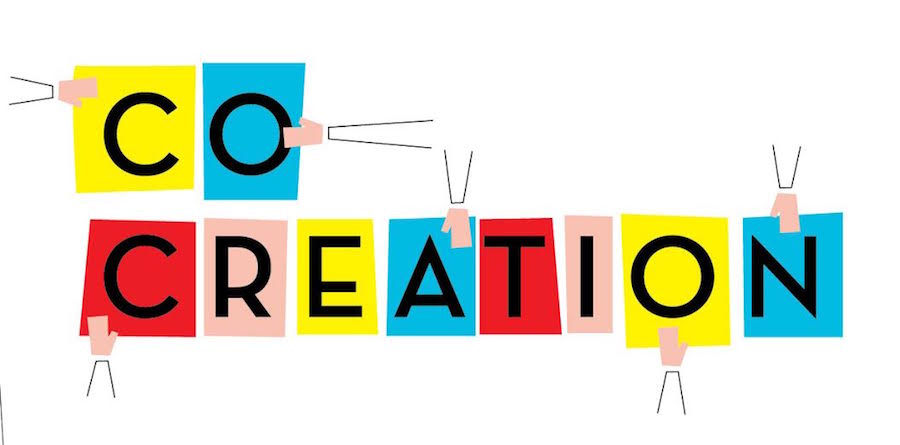For a long time, the spaces we shared with many were designed by a just a few who decided what goes where. Parks, streets, squares and even our offices and schoolyards were designed for users, not by users.
But what if we created shared spaces based on users’ needs? What if we created a variety of public and private spaces that are constantly transforming with new needs and different users?
Today, many people are doing that through co-creation.
What’s Co-creation?
Co-creation is about creating with others. When we talk about co-creation and spaces, it’s about making spaces based on the needs of those who use the space: the users.
That means that the spaces are functional for their users and that people who use them are able to customize the spaces according to their needs.
It also means that everybody feels welcome and part of the space, which brings a whole new world of possibilities to those using it. Co-created spaces can feel warmer, more functional and even inspiring to their users. They can help users to share knowledge and experiences while building a stronger community.
We can go beyond using spaces to actually making them. This is a quick practical guide to get you started with co-creation based on the guide we're currently crowdfunding, "The Crowdsourced City."
1. How to Observe
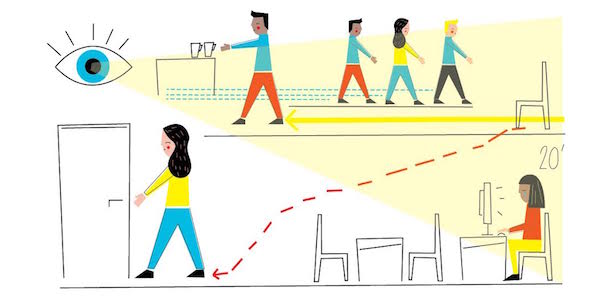
To begin, you need to understand what’s going on with the space. How does it function? How do people interact with the space? What do people actually do in the space?
Organize your observations using a canvas. This can be a blueprint, a map or a sketch of the space. Decide on two to five times a day to do observations and make notes about the space on the canvas, with one canvas for each round of observation.
Make observations every day, around the same time, for at least two weeks.
Key focuses can include:
- How many people use the space and how long are they there?
- Are there parts of the space that people don’t use?
- How do people move within the space?
- Does everybody always do the same thing in the same place?
Try to document as much as you can. Tally counters and photos help. Write down as many notes as you need.
2. How to Ask: the Power of Questions
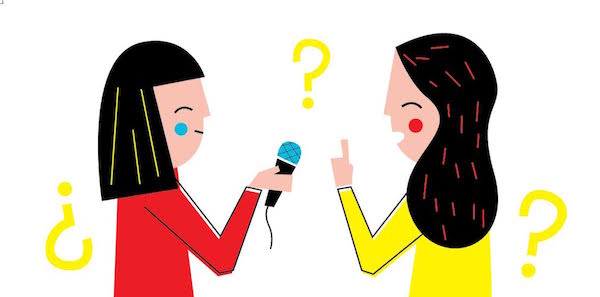
Interview people using the space. Your goal is to find out what people need, which can be different from what people say they want.
You want to find out how people feel in the space and what needs to be transformed to improve the space. You also want to find out how users will contribute to that transformation process, so understanding how they think and how they work is key.
Stay away from yes/no questions. Ask users how they define the space. Pay attention to how the space is described by the users. Ask them how they normally use the space and compare it to the observations. Ask why and how users relate to others within the space.
Document all the interviews. Pay special attention to tangents and what people say outside of what you’re directly asking. Try different ways of asking, but you may want to repeat the same questions to different people so you can compare responses.
3. How to Communicate What You are Doing

Reaching people is key. Where are people gathering? If you are co-creating a working space, you might want to look at the kitchen, for example. If you are working with a public space, then local shops, markets or main squares in the area are good places to start.
It’s important to communicate what you are doing with others, so they can join in the process. It’s also important that you communicate how you are moving forward and ask users for feedback.
Experiment with different ways of reaching out to people. When doing so, be clear and specific about ways they can help. Look at how people are already communicating with each other and use those channels to spread your message. For example, if you are co-creating a private space, such as an office, you might want to reach out to people through the same channels that people use for working together, including Sandstorm or email.
If you are working with a public space, find out if there are neighborhood groups and, if so, how they communicate with each other. It is also good to compare response rates between informal and formal channels: how are people being reached by their landlords?
4. How to Learn From and Engage Others
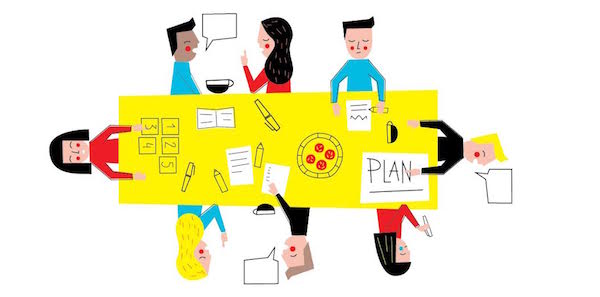
Workshops can be a great tool to discover people’s needs and their perception of a space. Depending on the context and the transformation you are looking for, workshops can look very different. We recommend hosting several workshops with different goals at different times during the process.
Before you start, set a goal for your workshop. Focus on something specific you want to find out.
Some ideas:
1. Dig into people’s needs by asking them to imagine and represent the space of their dreams. Invite people to share their ideas with the rest of the group to spark discussions.
2. Involve users. Present what you’ve been investigating about the space and your plans to transform it with others. Be clear on what you need help with and make space for others to contribute.
Tips for a good workshop:
- Set up a time that works for everybody
- Find a comfortable space
- Help people to feel comfortable, especially if they don’t know each other, by sitting in circle, having name tags, and encouraging participants to introduce themselves to others
- Have snacks
- Create an agenda for each part of the workshop beforehand
- Plan a break for people to relax
- Documenting is, again, key. Keep track of who came and who didn’t, how people heard about the workshop, their age, gender and expectations
- Ask participants for contact details so you can follow-up after the workshop
5. How to Transform the Space
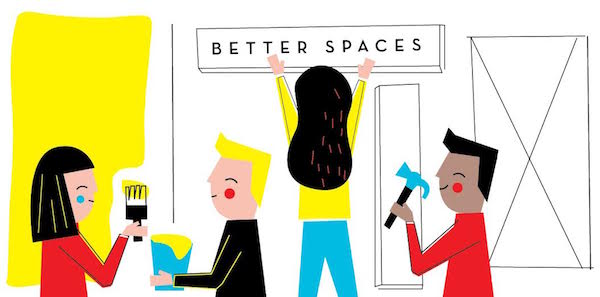
You might want to experiment with small interventions and changes along the way, to see how users react to them. Then you can do more documentation. But there’s going to be a point when you’ll have enough data to actually test a bigger transformation of the space.
That transformation needs to be guided by your findings.
First, compile all the data you’ve been collecting: results from the workshops, observations, interviews and ideas, and categorize them. Find overlaps in the data and study them to gain an understanding of the needs of users. By transforming the space based on those needs, you’ll see whether your research was right or if the data is telling you something different.
Prototype specific solutions based on the needs identified and document the results. At this point, you can engage users by inviting them to prototype with you.
Examples:
If you are working on co-creating an office:
- Need: employees need to share what they’re working on with colleagues outside their work team to achieve multidisciplinary solutions
- Prototype solution: create more common spaces for people to hang out together
If you are working in a public space:
- Need: concerns about the safety of children in a busy square with fast-moving cars
- Prototype solution: create temporary bumps on the street to slow down the cars
The key to transforming spaces is to involve users in the long-run. If you see positive results from your interventions, share those results with others and encourage them to keep intervening in the space.
One final note. Each space and group of people are unique. Co-creation is a case-based process and it will be different from place to place. Co-creation also implies collaborating with different actors and understanding the needs and ways of working of the different actors. This guide is just a summary of a larger method we are constantly refining. If you are interested in co-creation you should check our how-to book, "The Crowdsourced City," and join a community of creators. You can learn more at The Connectors Society.
